The Continental Divide
Colorado is a paradise for those who want to enjoy the great outdoors. We plan to revisit the northern reaches of this state later in the year as part of our loop through North America. But there was one more place we wanted to visit in this region before heading south, the Great Sandy Desert National Park.
But to do that we had to move east on Highway 160 and that was part of the fun. We paused to briefly explore the revitalised western tourist town of Durango, then pushed on up the winding road toward Wolf Creek Pass. The snow on the road got heavier and the views more spectacular as Tramp trotted up the steep incline, barely panting.
The Continental Divide is a unique geographic feature in America. It is the ridge of the highest peaks that run down through the Rocky Mountains stretching from Canada to Mexico and which decides which ocean rain (or snow) runs into. If rain falls west of the Continental Divide it eventually makes its way to the Pacific Ocean. If it falls east of the Divide it has a longer journey but eventually flows into the Atlantic Ocean.
We reached Wolf Creek Pass and crossed the Continental Divide at an amazing 10,870 feet or 3,500 metres, a full 1,300 metres higher than the highest point in Australia. The snow was deep and the nearby ski resort was in full swing, very special. It seems unlikely the three of us, Julie, myself and Tramp, will be this high again for quite some time.
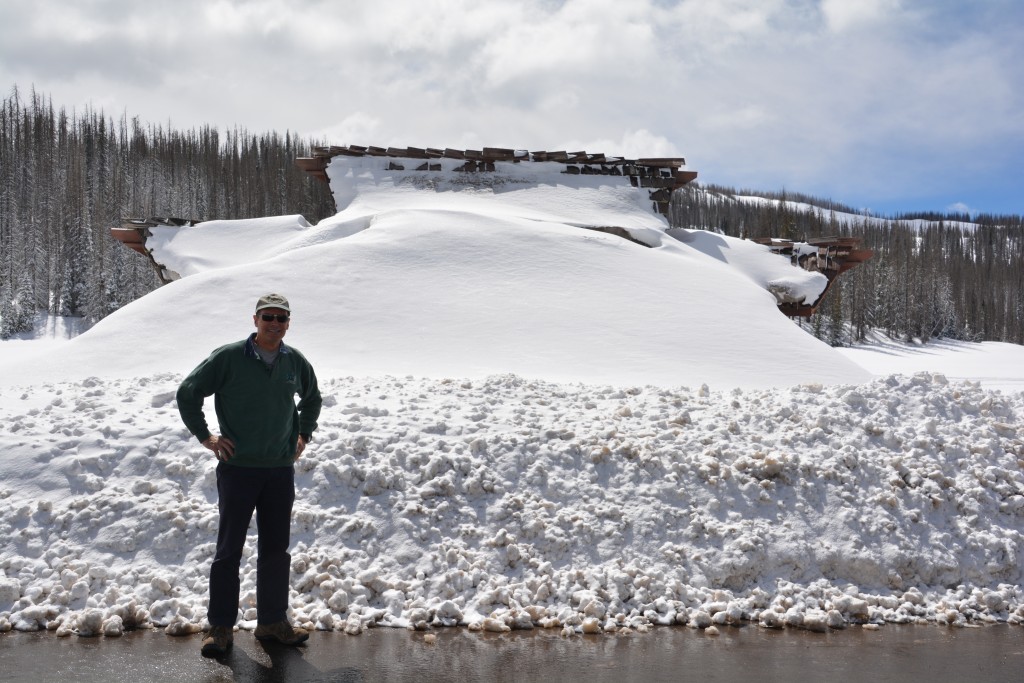
The snow was still so high it had completely covered the sign which we were sure announced the Continental Divide
Passing over the Continental Divide, we followed a small creek along the side of the road which actually becomes the start of the famous Rio Grande, the river that defines the border between Texas and Mexico and is featured in so much American history and folklore. To see it at its very beginning was kind of cool, especially because we plan to visit it again in southern Texas. This pass is also historically significant as many European explorers thought it would be the best way to run a railroad across the young country before realising the northern route through Wyoming would be much easier.
We followed a modern easy route through Pagosa Springs, a town blessed with almost 270 degree views of spectacular snow-peaked Rocky Mountains, and across the San Juan Valley, at one stage coming across a herd of bison, not buffalo as is commonly mistaken, grazing by the side of the road. This was a commercial herd for sure but it was still very cool to see these huge and rare beasts up close. Eventually we came to Great Sandy Desert National Park, which must be one of the most unusual and spectacular sites we had ever visited.
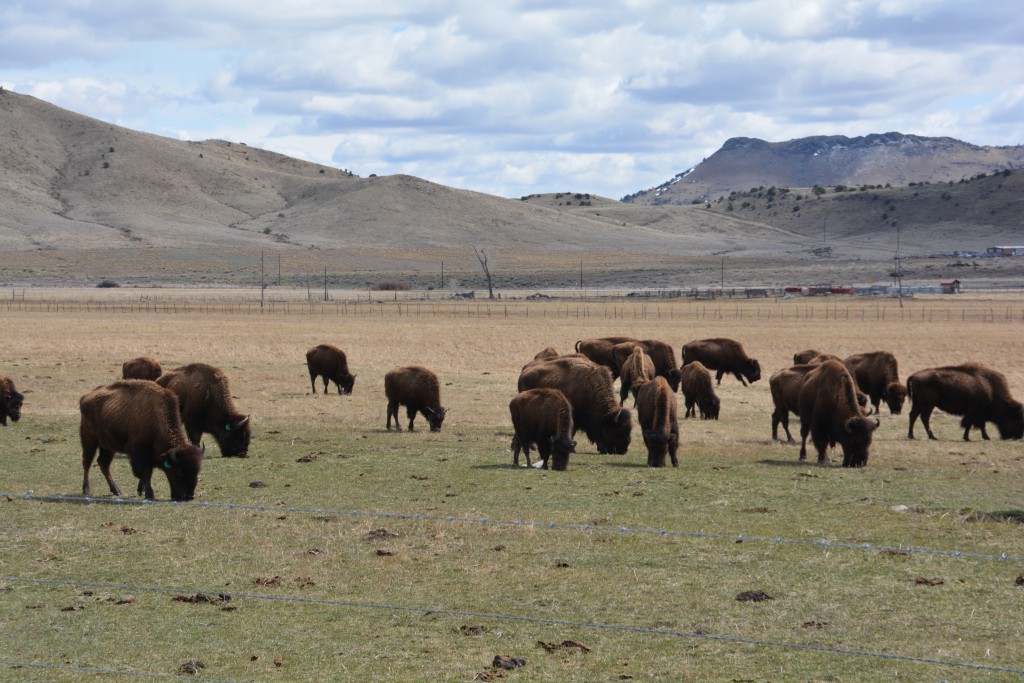
Just like in the wild west, we were crossing the plains when we came across a herd of (not so) wild bison
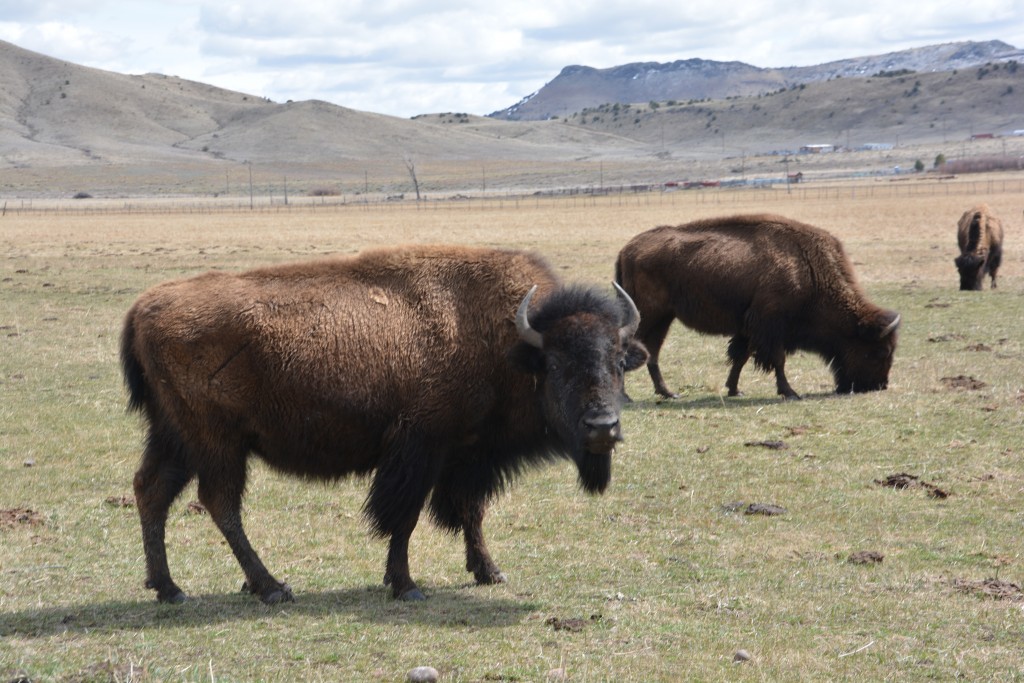
These big boys used to roam the high plains by the millions and look magnificent up close (but not too close!)
The San Juan Valley is 100 mile by 50 mile flat almost lifeless high altitude desert which ends abruptly at the steep mountain slopes leading to numerous peaks over 13,000 and 14,000 feet. Over the millennia the prevailing wind has blown the sand from the desert up against these mountains which feature small counter breezes to keep the sand in place. Nearby creeks from underground aquifers then carry the sand back down into the desert, from which it gets blown back into the dunes. In this way the sand continually gets recycled and these huge sand dunes stay in one place.
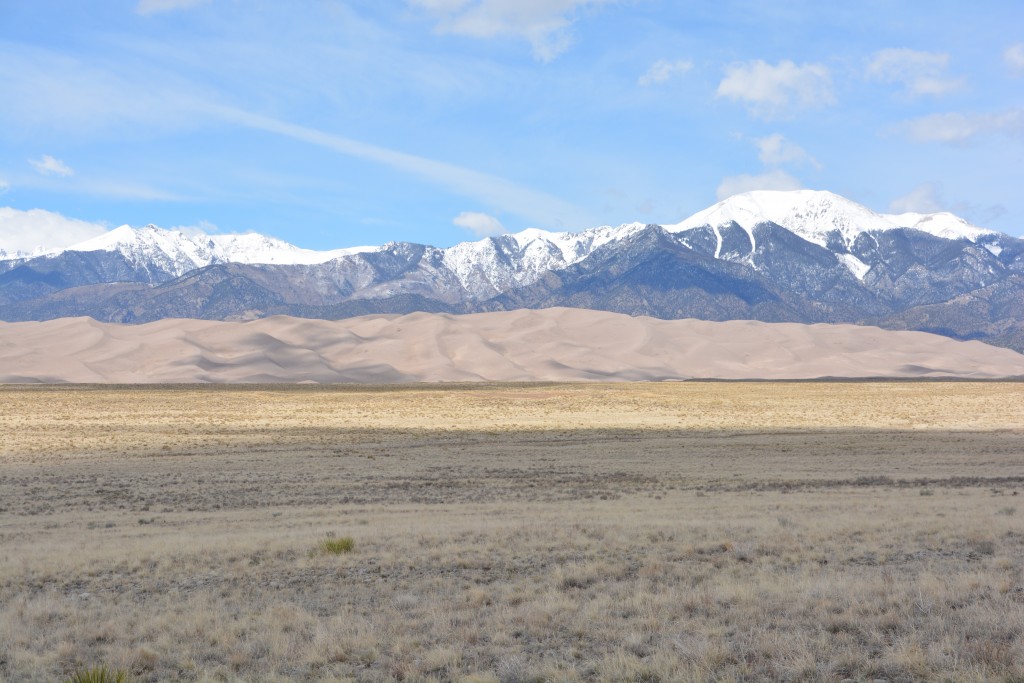
The Great Sandy Desert on approach – notice the five layers of desert, sand dunes, forested mountains, snow capped mountains, blue skies
We parked at the base of these dunes, crossed the shallow creek that forms part of this crazy ecosystem, and then started walking up these amazing dunes. Walking up hill in sand is not easy but there is also the issue of climbing at over 8,000 feet where the air is thin and the wind is cold. We made it to a nearby ridge, sat down in the sand and tried to take in this amazing scene. A few hours ago we were in deep snow and now we’re on top of a massive sand dune. As you do.
As the afternoon sun got lower on the valley we followed a rough rocky track up the slopes of a nearby mountain to a campsite at a place called Zapata Falls. This campsite was at 9,000 feet (2,900 metres), shattering our previous record at 7,000 feet near Mesa Verde and gave us spectacular views of the valley far below. Julie stayed in camp while I hiked up the mountain a bit further, panting in the cold thin air, to Zapata Falls, a frozen waterfall that provided amazing shots of ice walls in this tight little canyon.
As we enjoyed cocktails high on the edge of this giant valley, watching the sunset before moving to the roaring fire, we knew this had been a top drawer day. New tires, Wolf Creek Pass, the Continental Divide, the source of the Rio Grande, the Great Sand Dunes National Park and the 4WD track up to the Zapata Falls campsite at 9,000. On top of that, tonight I burned a combination of California oak, Arizona pine, Utah juniper and Colorado Aspen – no kidding! We leave Colorado in the morning but it has definitely delivered as promised.
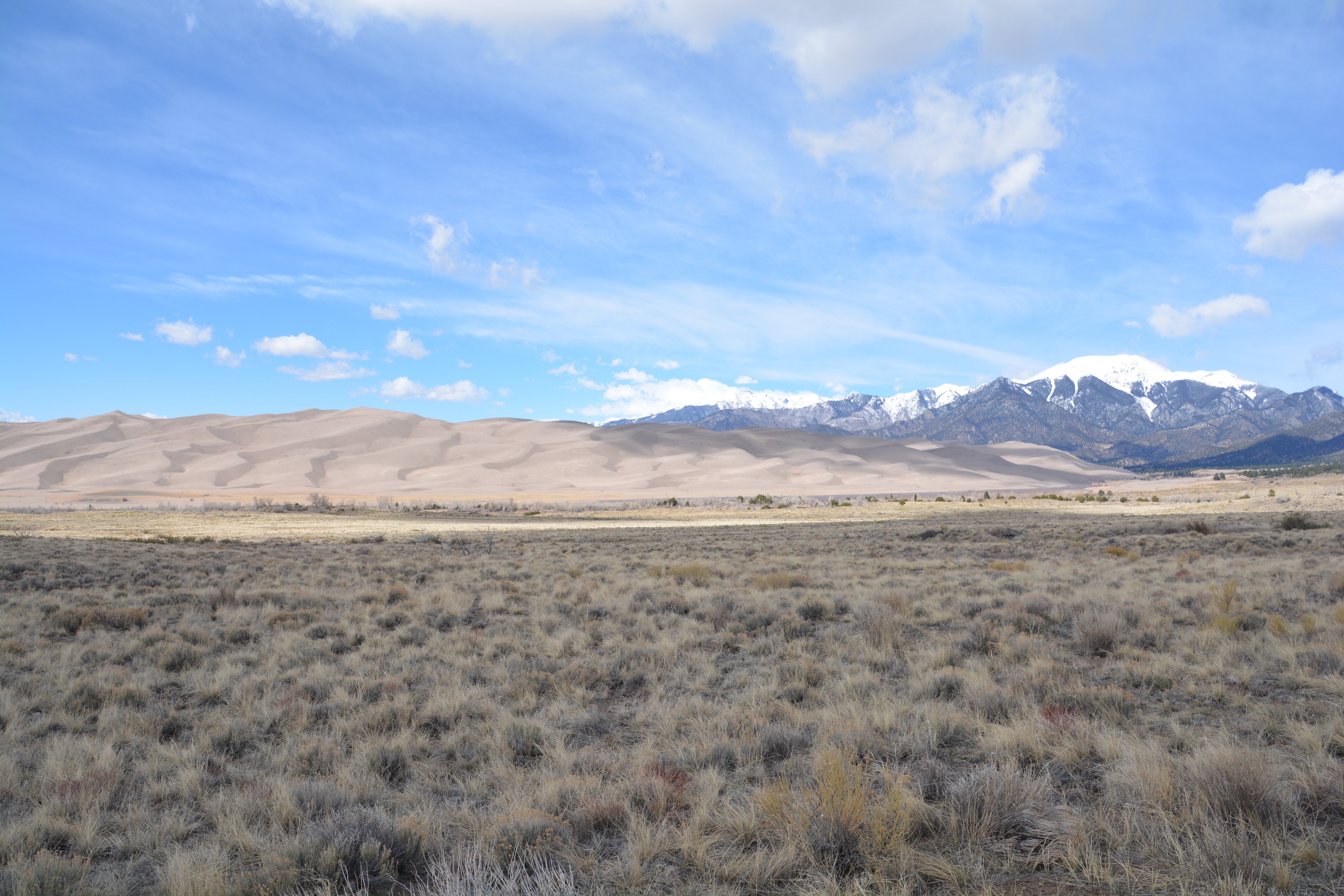
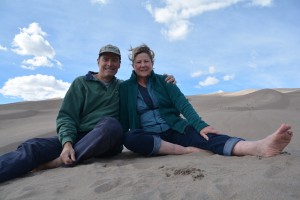
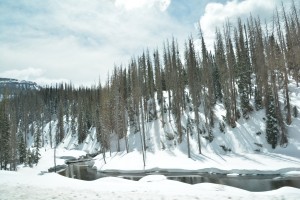
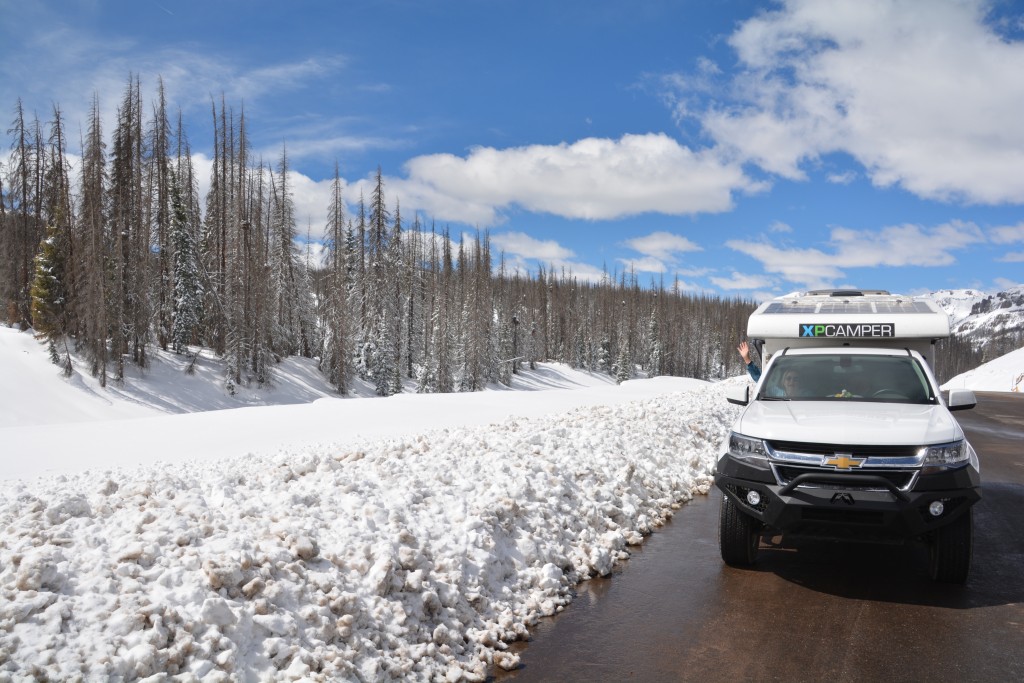
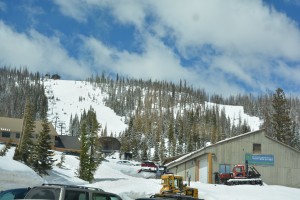
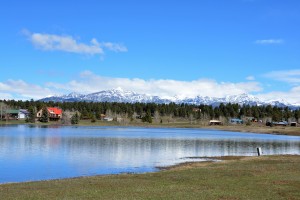
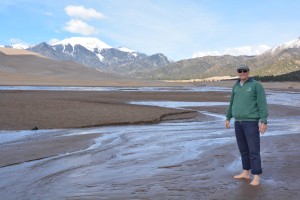
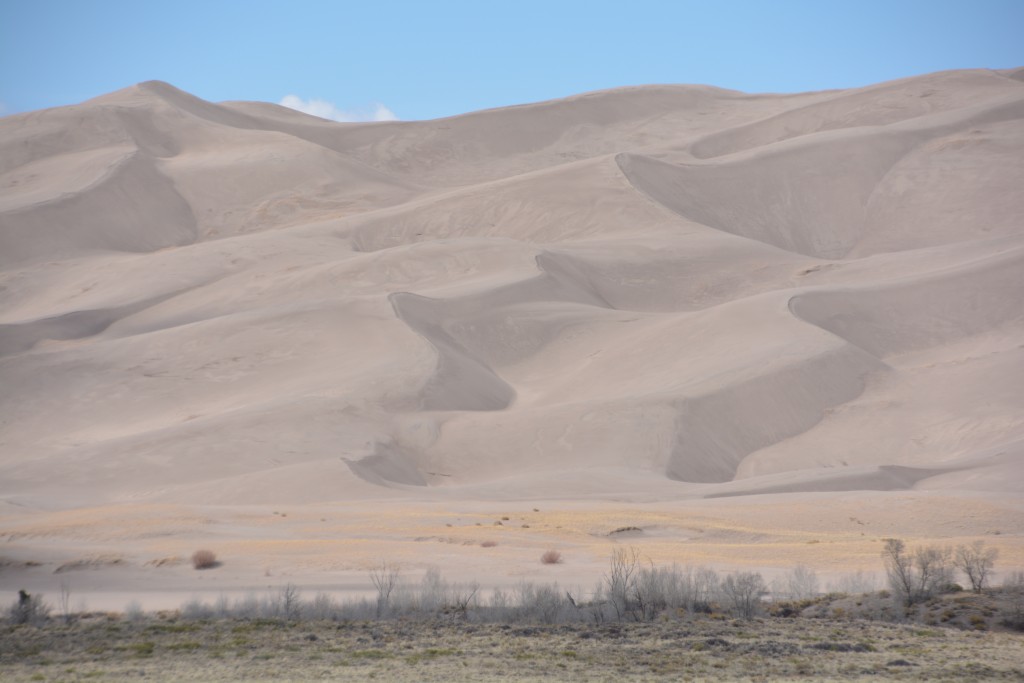
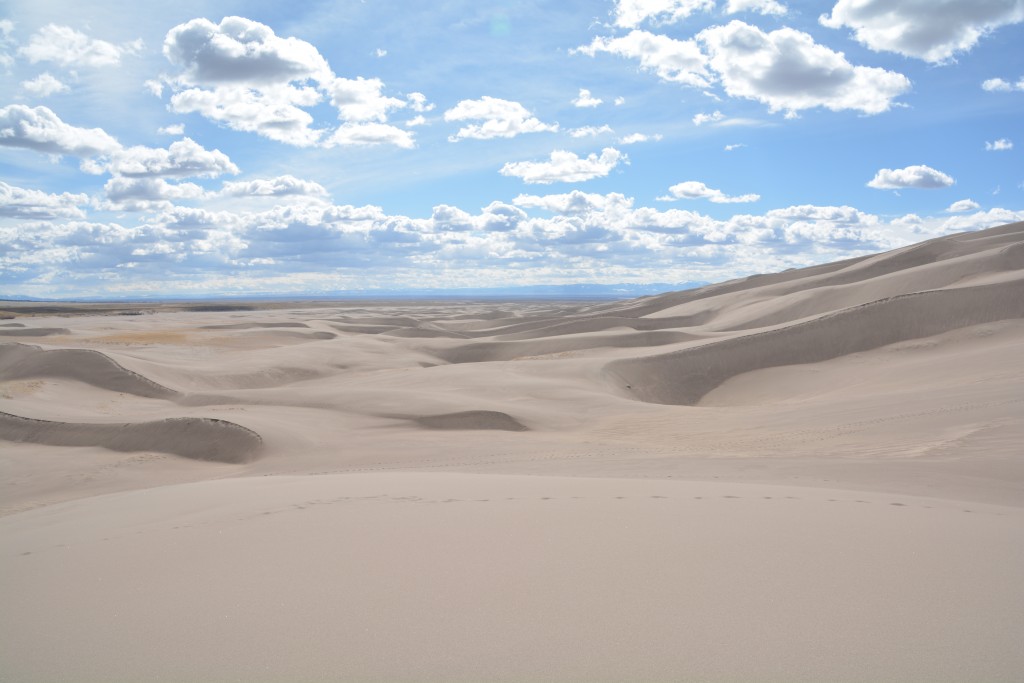
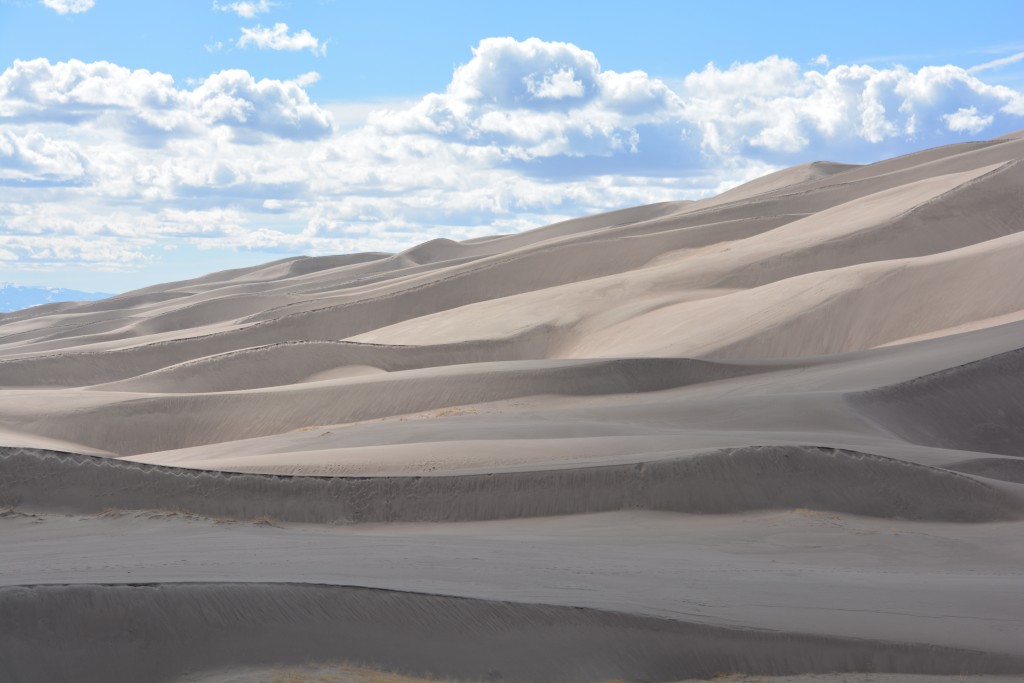
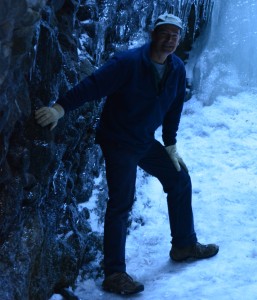
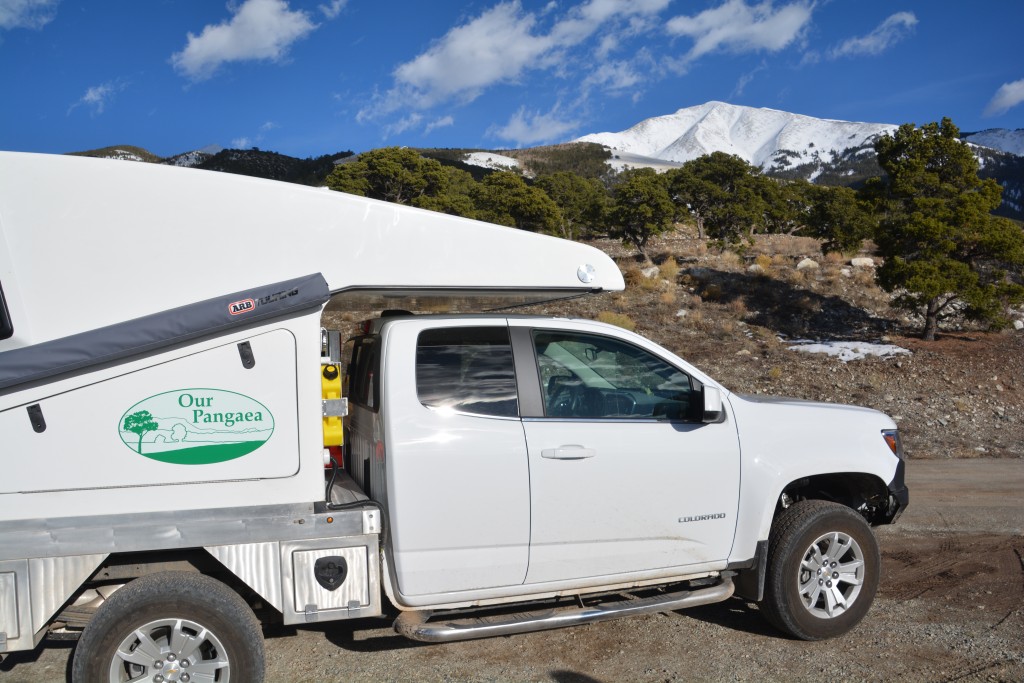
I’m enjoying following your trip. Sounds great I look forward to every entry and I’m following you on my map on dining table.
Hi Louise, good to hear from you. I hope you and John and the family are going well. We’re having a fantastic time – with a few adventures along the way of course – but all good.
Thanks,Bill
I am south of Denver, it would be great to see you if you are coming this way.
Hi Marla, it’s good to hear from you. We got as close as Great Sandy Desert NP but have now headed south. We hope to come back through Colorado in September and will try to look you up then.
Take care,
Bill